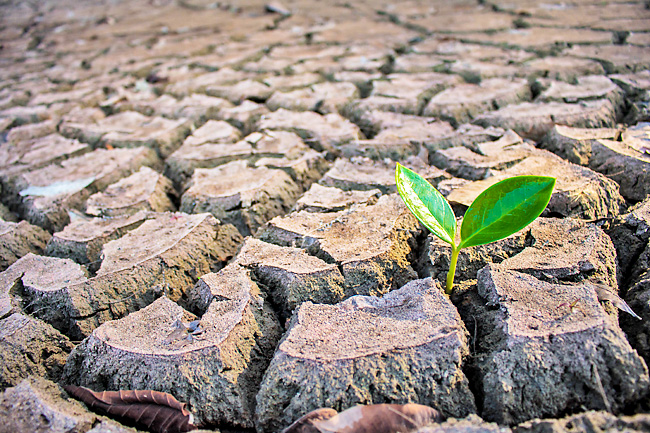Being a disaster-prone country, it is said that the “Build Back Better” philosophy is needed in the Philippines for it to be able to at least minimize the impacts of severe typhoons and other natural disturbances caused by climate change.
However, it seems the country has not learned its lesson well as Supertyphoon Odette (international name code Rai) mercilessly pummeled large parts of Visayas and Mindanao.
Renato Redentor Constantino, Institute for Climate and Sustainable Cities executive director, told the BusinessMirror in a recent phone interview that the local government units (LGUs) in the affected provinces did not even have solar powered units and satellite phones as part of the contingency plans.
“Bohol, Cebu, Siargao and Puerto Princesa should have benefitted from the lessons of Typhoon Yolanda [in November 2013],” he said.
Philippine Institute of Environmental Planners fellow Nathaniel von Einsiedel told the BusinesMirror in an e-mail interview that implementing Build Back Better is easier said than done.
He said there were various reasons why the destruction wrought by Odette was severe despite the popular acceptance of the Build Back Better philosophy.
One is the still inadequate integration and operationalization of disaster-risk reduction and climate change-adaptation measures by certain LGUs in their full range of functions, which may be because of financial limitations, as in the case of fourth to sixth class municipalities.
Another is the inability of certain LGUs to effectively enforce land-use regulations and other development controls that are aimed at preventing settlements on disaster-prone and other danger zones.
“Related to this is the inability of certain LGUs to provide resettlement sites with adequate job and livelihood opportunities, thus, resulting in people displaced by the disaster returning to their previous neighborhoods,” explained Einsiedel, also a principal urban planner of Consultants for Comprehensive Environmental Planning Inc.

He said architects, together with civil engineers, have long been involved in designing and promoting disaster-resilient houses and buildings.
He noted that a number of architects have been involved in the formulation and updating of the National Building Code that has integrated higher standards in consideration of more recent disaster risks.
“However, the preparation of a Build Back Better roadmap cannot be left to architects alone. It requires the involvement and commitment of a much broader set of stakeholders, including local communities and the business sector,” Einsiedel said .
If the Build Back Better agenda or roadmap is implementable, Einsiedel pointed out that it has to be formulated by the LGUs’ key stakeholders, such as the business sector, civil society organizations and the academe, among others.
Another major lesson was the failure of LGUs to build genuine evacuation centers by the LGUs.
Einsiedel cited one reason is that there are LGUs which do not own land to build the centers on.
Furthermore, he cited the dearth of financial resources to pay for the land to be acquired is a major constraint to pursue the plan.
“Assuming these two constraints are overcome, a ‘genuine’ evacuation center should, at least, have adequate sanitation and kitchen facilities. Ideally, it should be multi-functional, meaning it should serve functions, in addition to accommodating evacuees, such as income-earning spaces for concessionnaires that can help cover maintenance costs,” Einsiedel pointed out.
Although the Philippines is a signatory to the United Nations Declaration on Sustainable Development and other related manifestos, including the recently adopted Sustainable Development Goals, the challenge is that the policy is not translated into implementation.
As a disaster-prone country, he said disaster resiliency should really be on top of its development agenda. For it to gain traction, Einsiedel believes it requires nothing less than the president’s support.













